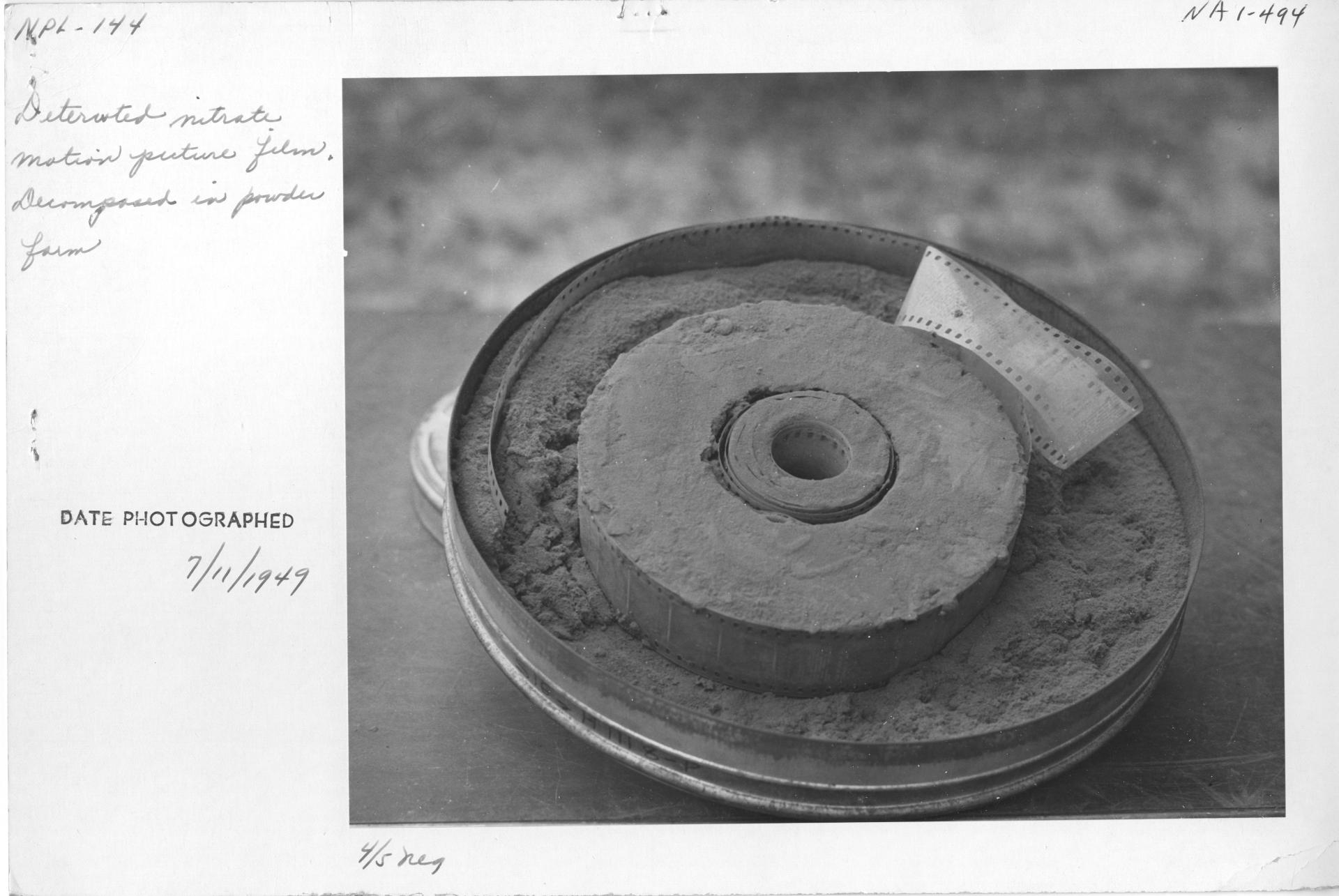Nitrocellulose: A Material History of the Humanities
Jonathan Haid’s project examines the material nitrocellulose in the history of the nineteenth- and twentieth-century humanities, with special attention to the relationship between media technologies and the raw materials of which they were made.
The project asks about the structures of extraction, appropriation, transportation, and processing of the raw materials—cotton, saltpeter, camphor, and more—of nitrocellulose and related media. It focuses on two media technologies that were enabled by nitrocellulose: the photographic collodion process and cinematography. What were the environmental, economic, and industrial contexts of this transformation of raw materials into knowledge media? And as resources of knowledge, how did these complex networks impact upon the epistemes of the humanities?
Examining archaeological photography produced by the German Archaeological Institute and the use of celluloid film stock by the Institute for Cultural Research in Berlin, Jonathan’s project explores working practices and knowledge techniques within the humanities.
Jonathan studied cultural studies at Leipzig University, and earned his MA in cultural history and theory from Humboldt-Universität zu Berlin (HU Berlin). His PhD project also forms part of the DFG-funded research project “Raw Materials of the Humanities” at HU Berlin.
Publications & Presentations
Articles:
Haid, Jonathan (2023). “The Raw Materials of Celluloid Film: Wartime Economy, Educational Animation, and Film’s Plasticity.” In: Research in Film and History, no. 5, Issue: Educational Film Practices.
Haid, Jonathan (2018). “Richtungshörer im Ersten und Zweiten Weltkrieg. Auditive Wissenstechniken zwischen Experimentalpsychologischer Forschung und Kriegstechnologie.“ In: Eintauchen / Auftauchen, edited by Bild Wissen Gestaltung. Ein Interdisziplinäres Labor. Berlin.
Haid, Jonathan (2017). “Der Klang des kranken Körpers. Ein kulturhistorischer Einblick in die Didaktik der Auskultation.” In: bewegen – übersetzen – anstoßen, edited by Bild Wissen Gestaltung. Ein Interdisziplinäres Labor, 64–71. Berlin.
Presentations:
April 2024 with Lotte Schüßler: “Stoffliche Provenienzforschung. Geschichten von Medien, Materialien und Wissenschaften,” as part of the lecture series “Methoden der Mediengeschichte: Welche Medien, welche Geschichte/n?," Humboldt-Universität zu Berlin.
March 2024: “Zelluloidfilm: Extraktive Materialitäten,” at the FFK37: Film- und Medienwissenschaftliches Kolloquium 2024, Goethe-Universität Frankfurt am Main.
November 2021 with Viktoria Tkaczyk and Lotte Schüßler: “The Humanities, Media, and Their Material Provenance.” As part of the lecture series “Dis/Entangling Perspectives in Material Research,” Humboldt-Universität zu Berlin.
September 2021: “Kulturforschung mit Zelluloid: Kolonialhandel, Rohstoffe, Film,” annual conference of the Gesellschaft für Medienwissenschaft, Universität Innsbruck.

Image 1: Application of collodion, a product of nitrocellulose, to a glass plate as part of the photographic collodion wet plate process, with the silver nitrate bath as the final step (© Unknown (1883). "La Photographie," in: Le Magasin pittoresque 31: 192).
Image 2: Female workers picking cotton waste for its conversion into nitrocellulose (© Philip, James C. (1910). The Romance of Modern Chemistry, London: Seeley, 170).
Image 3: A Photograph of deteriorated celluloid motion picture film decomposed in powder form (© U.S. National Archives and Records Administration).


